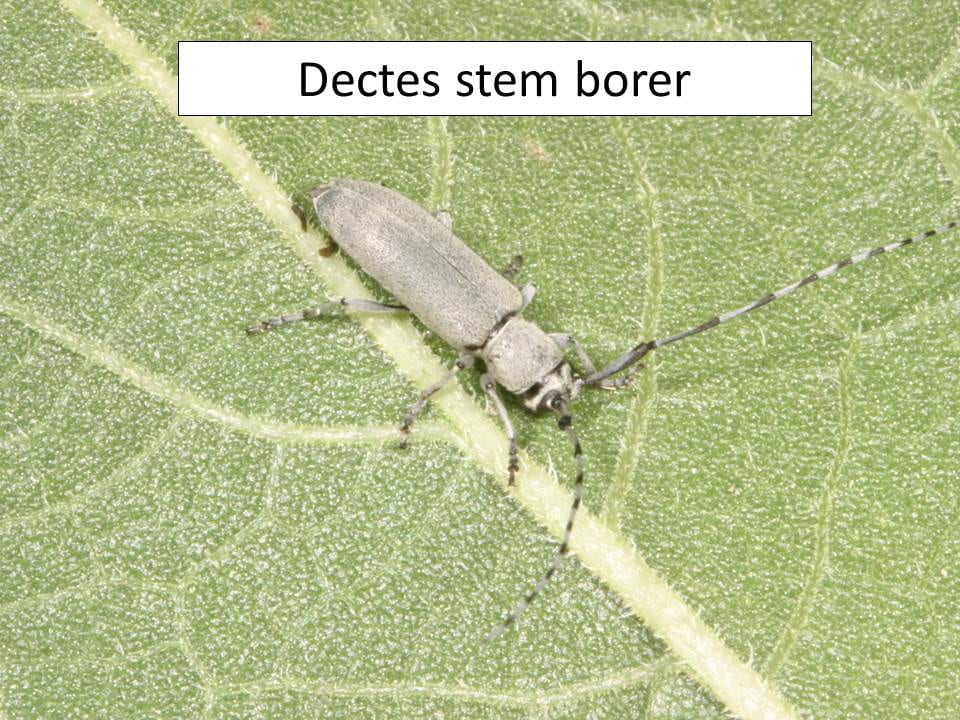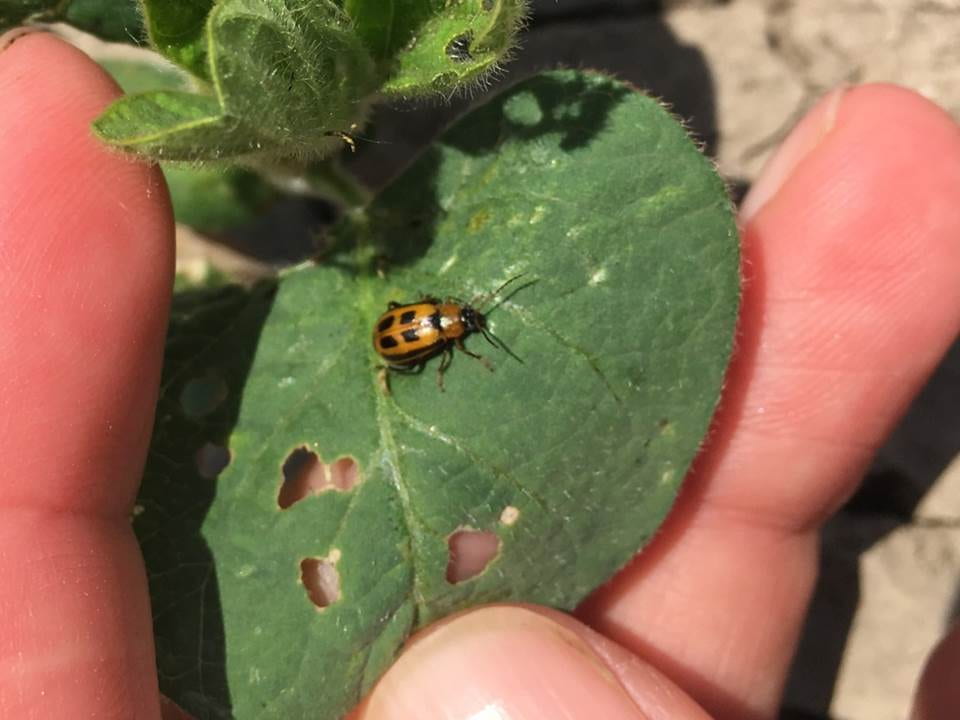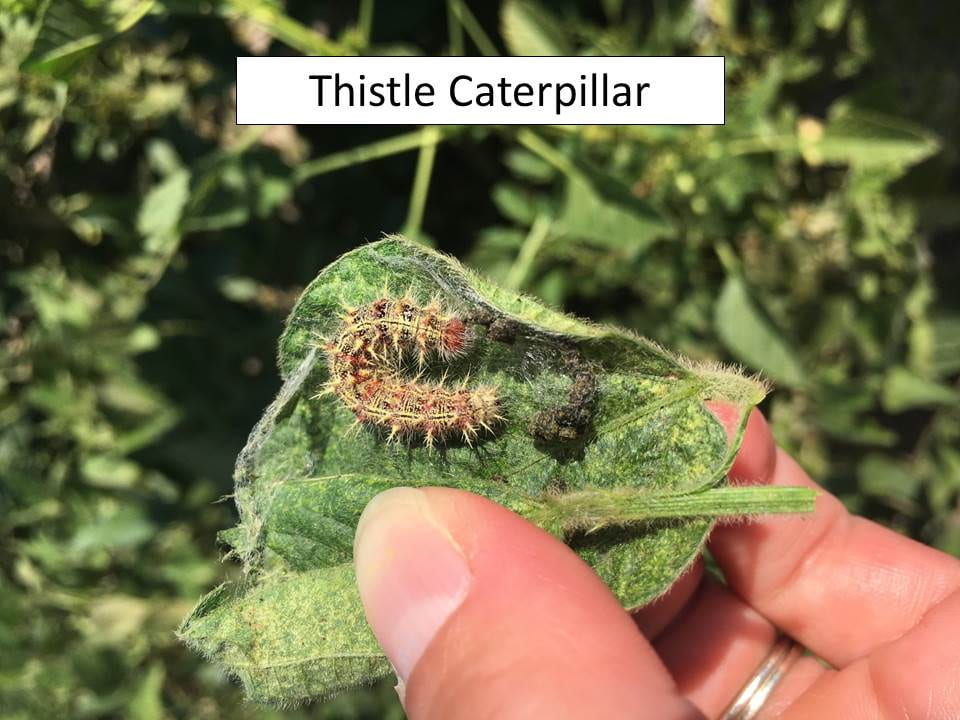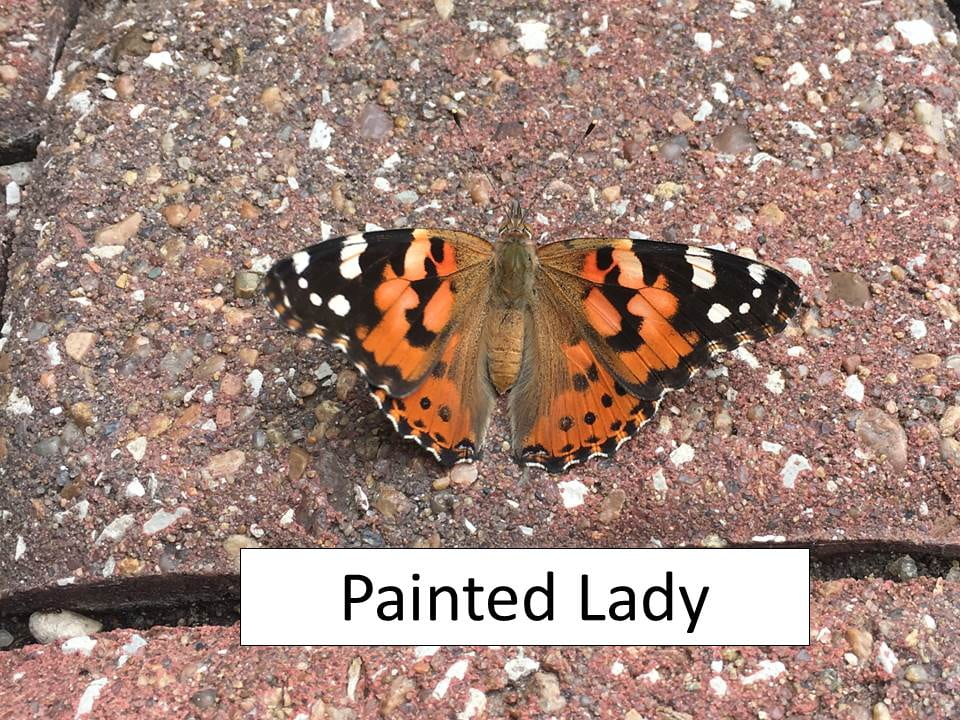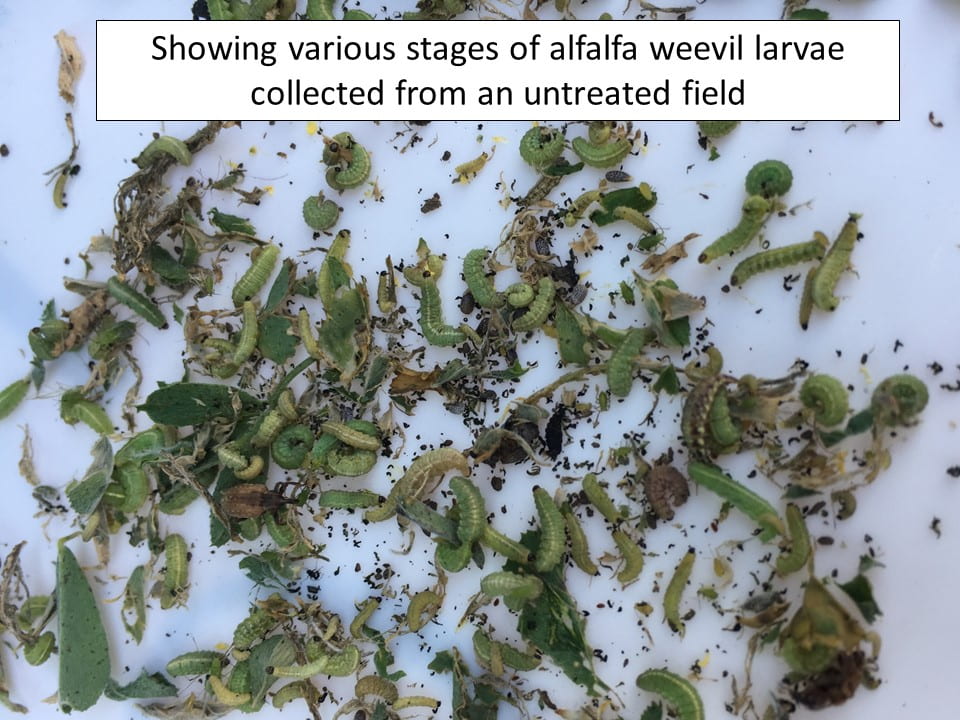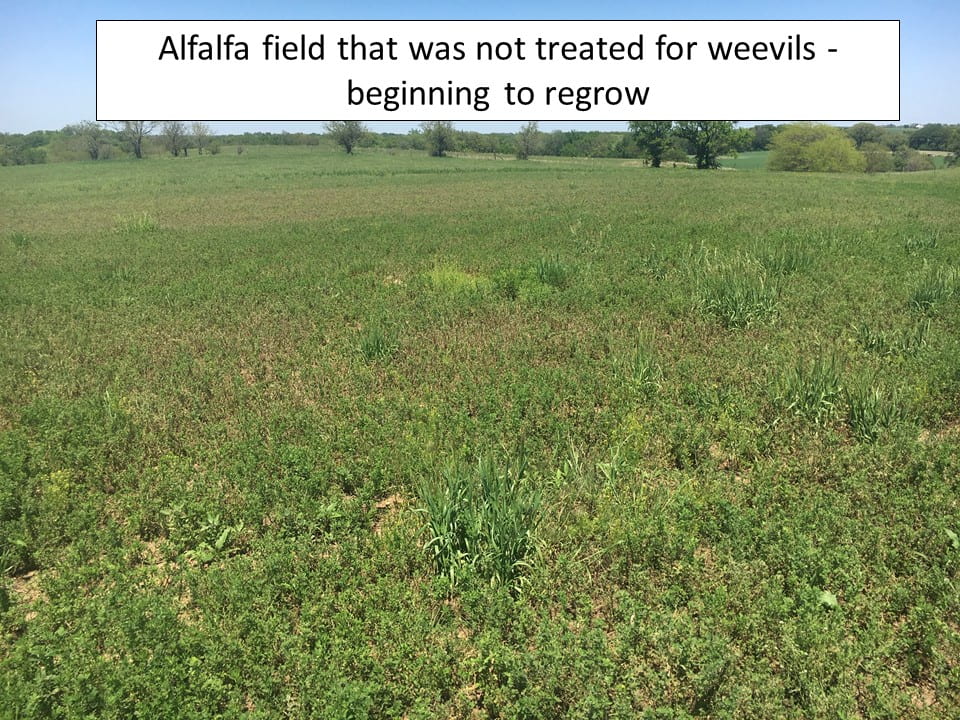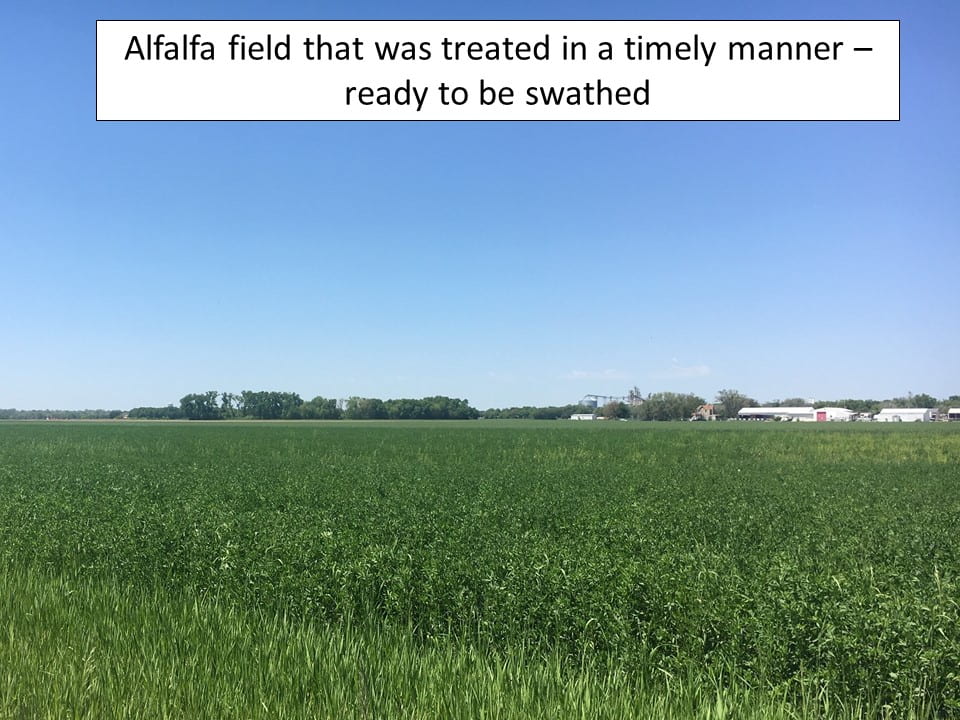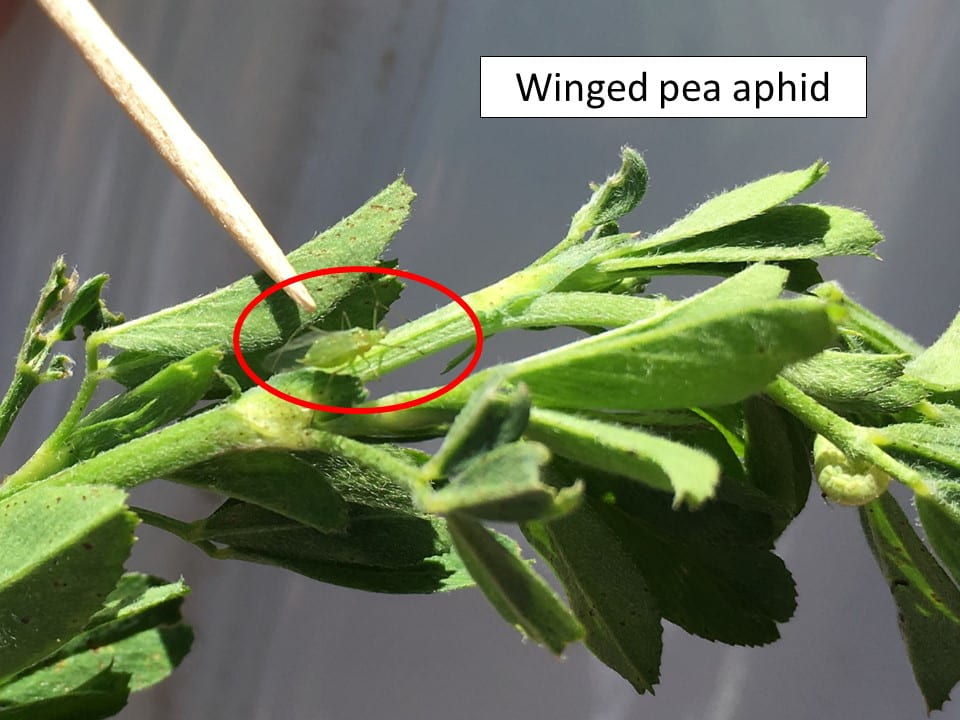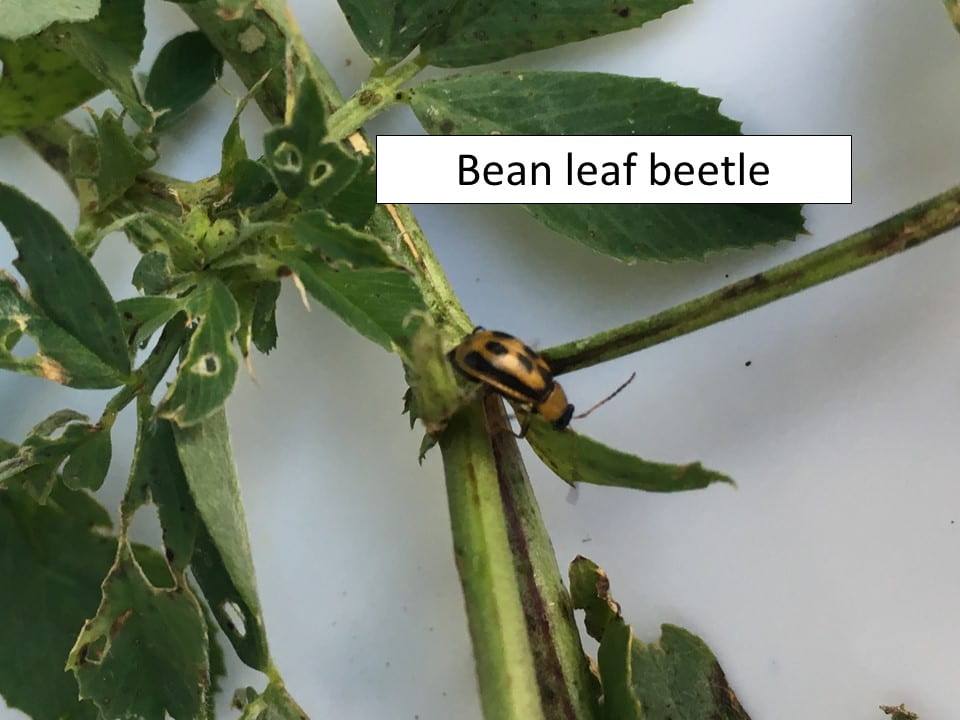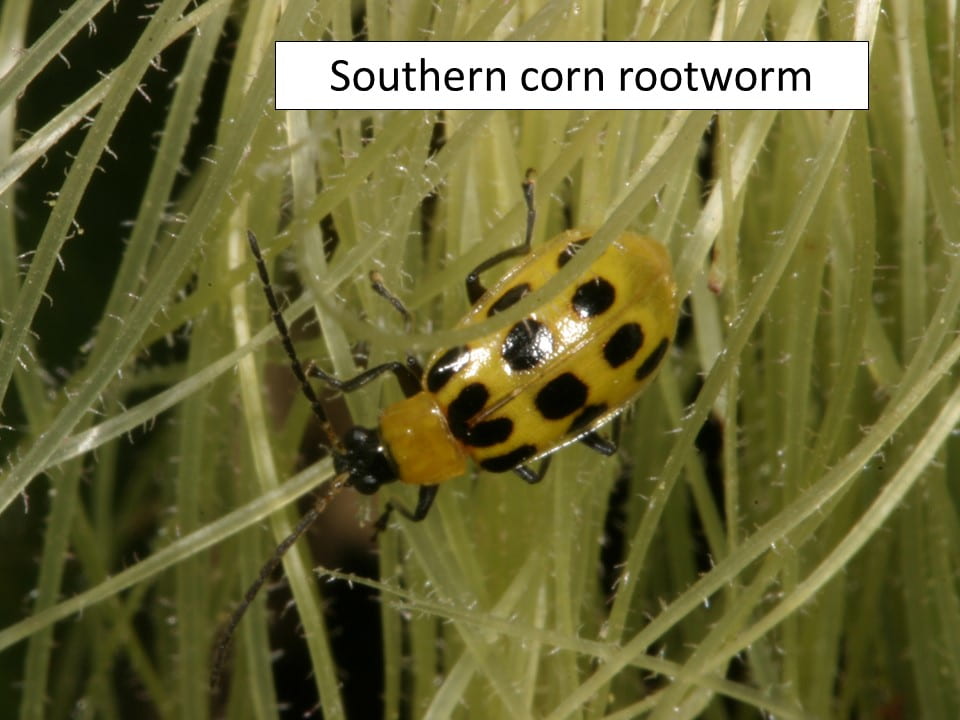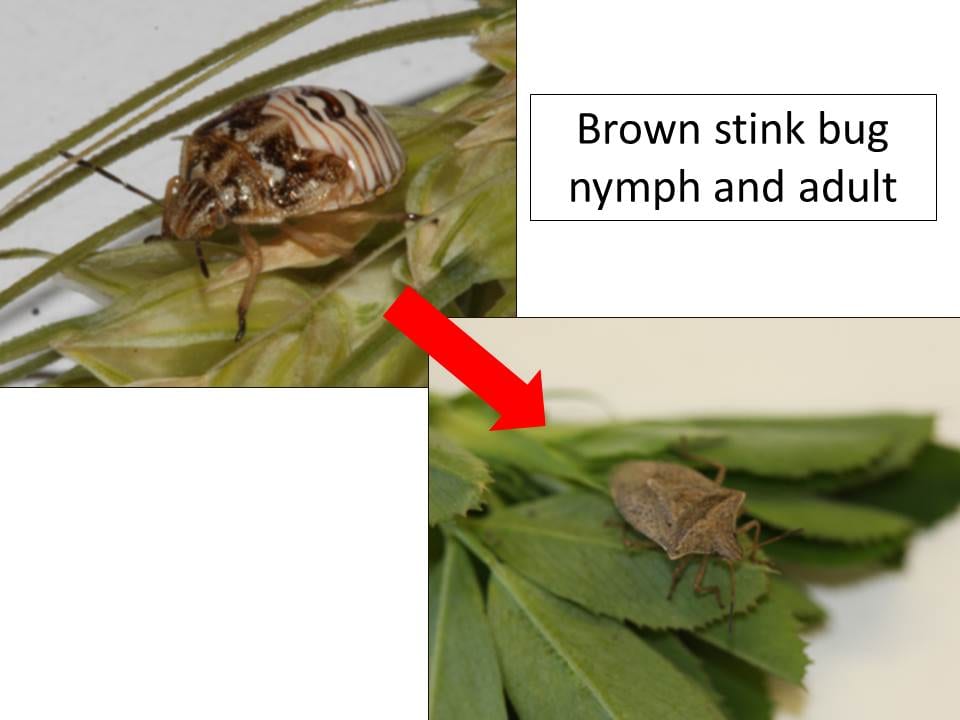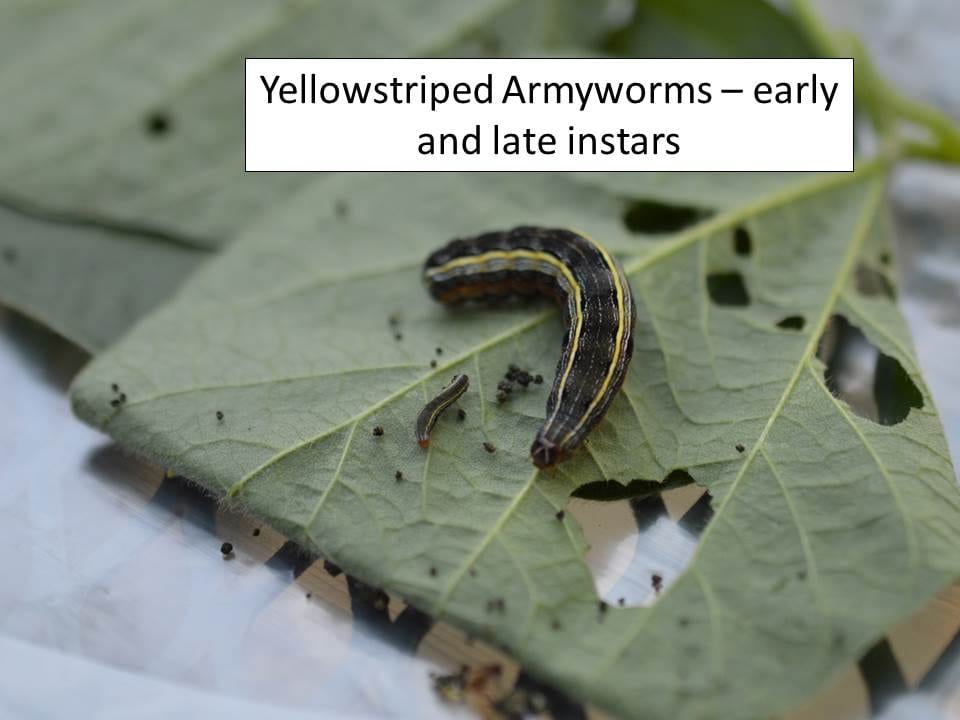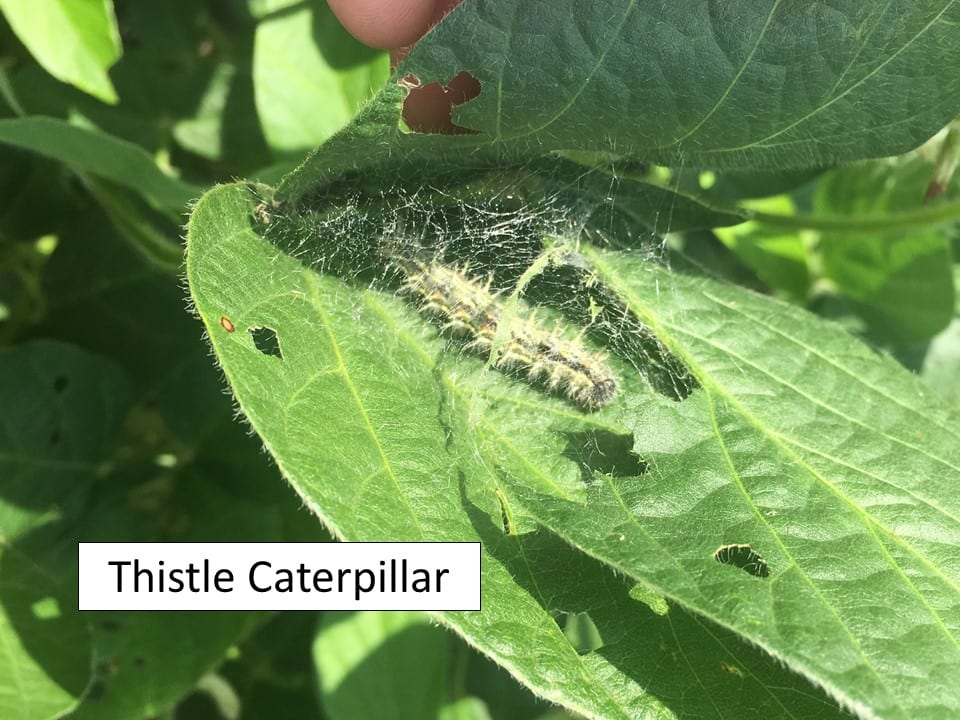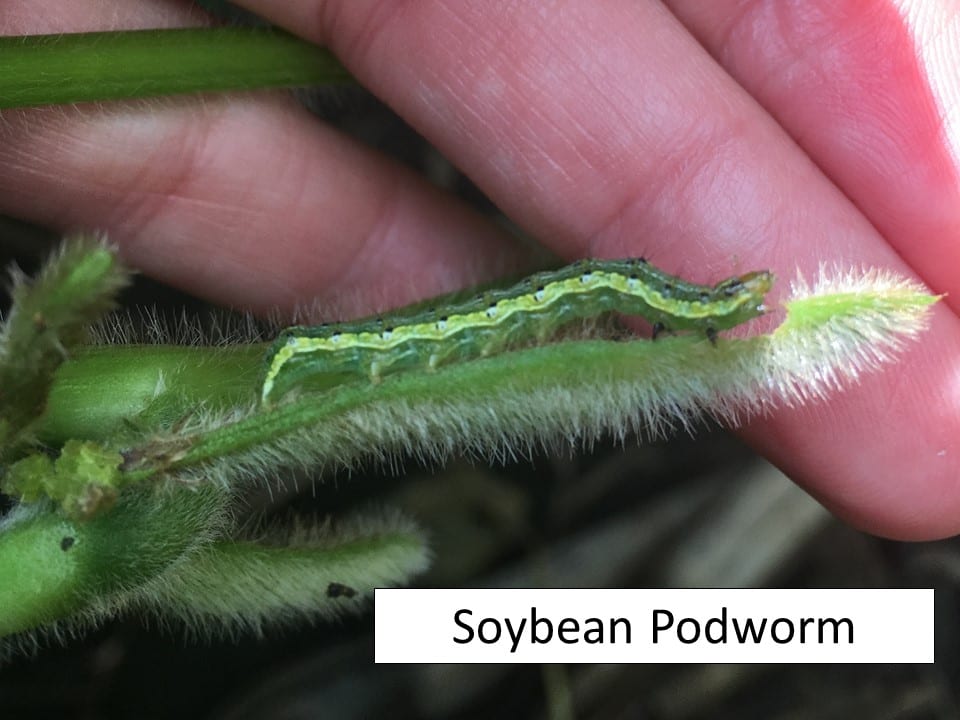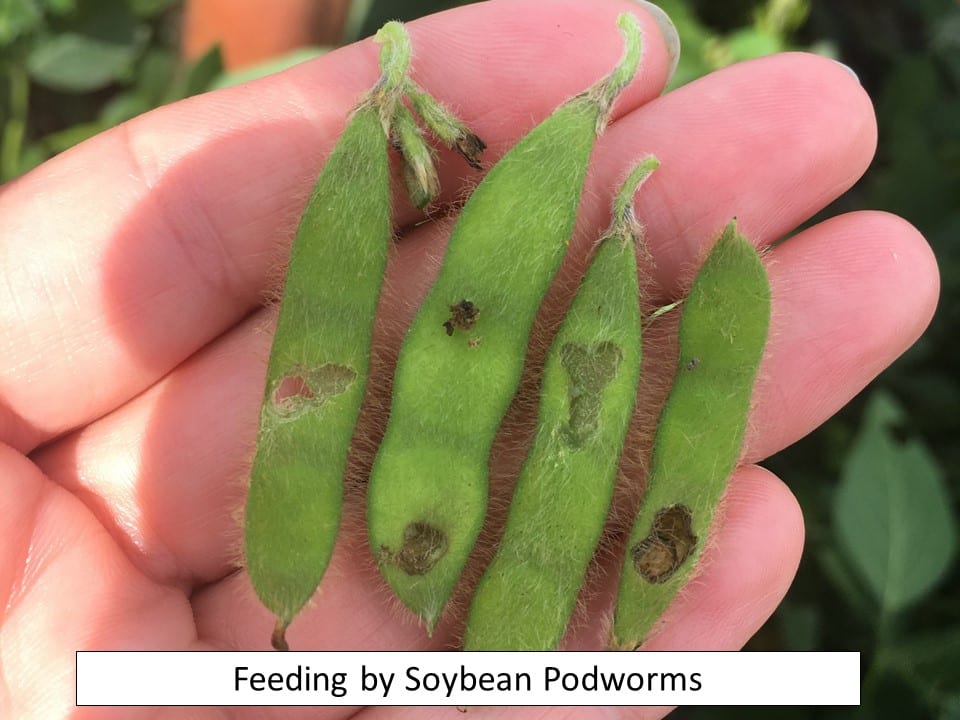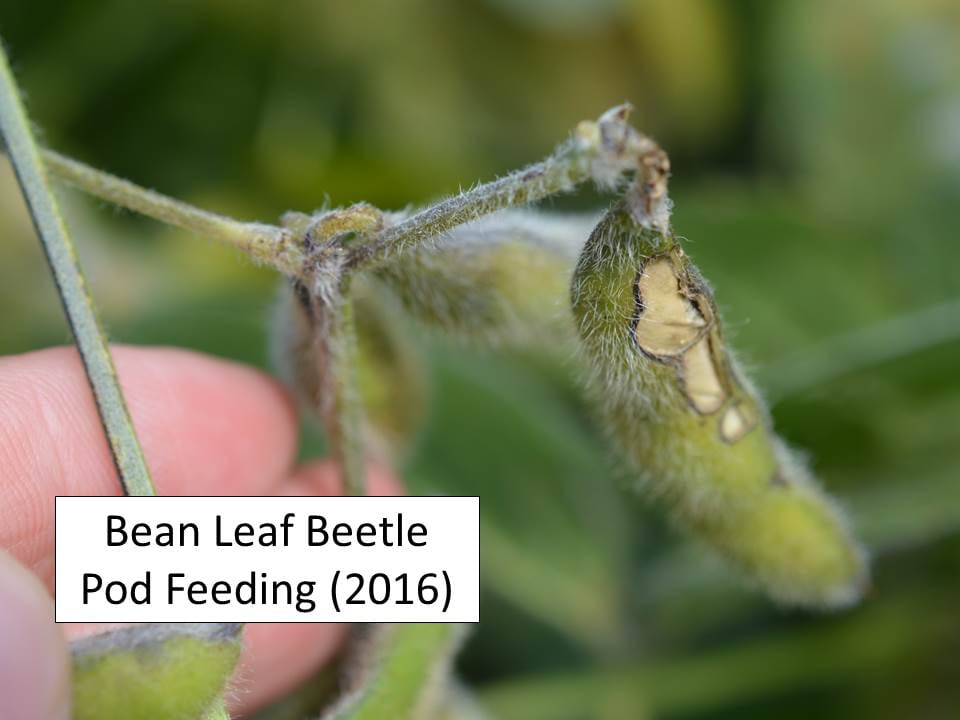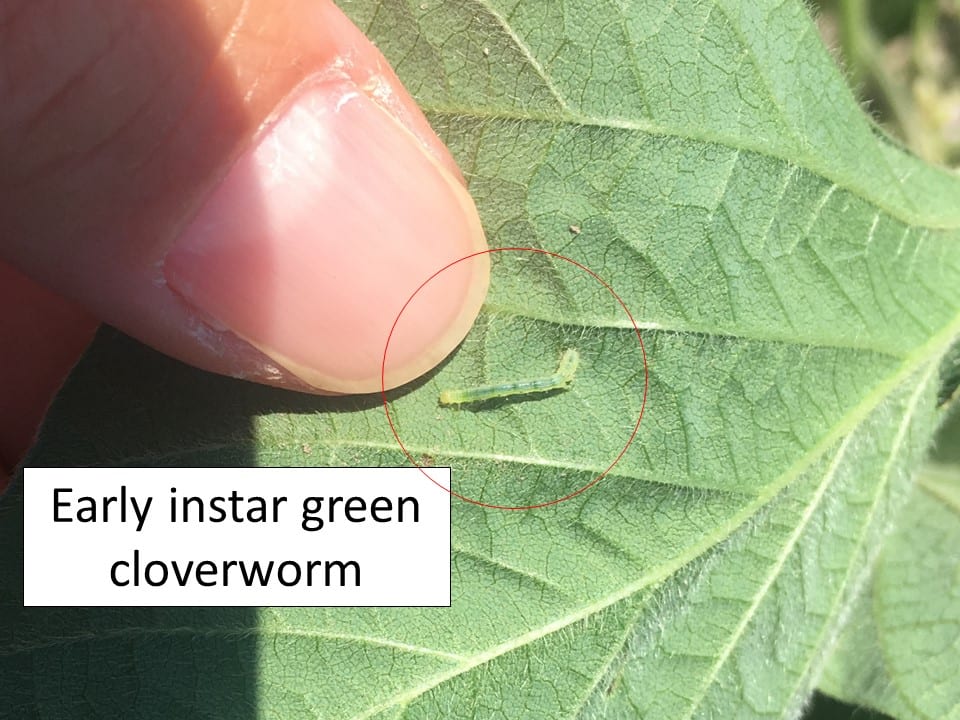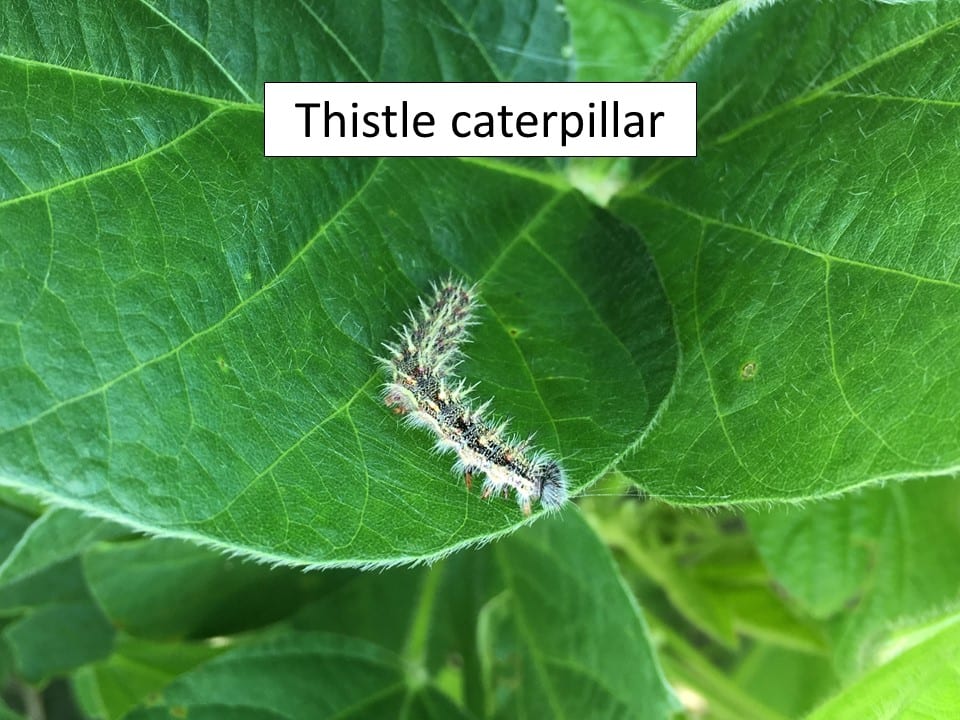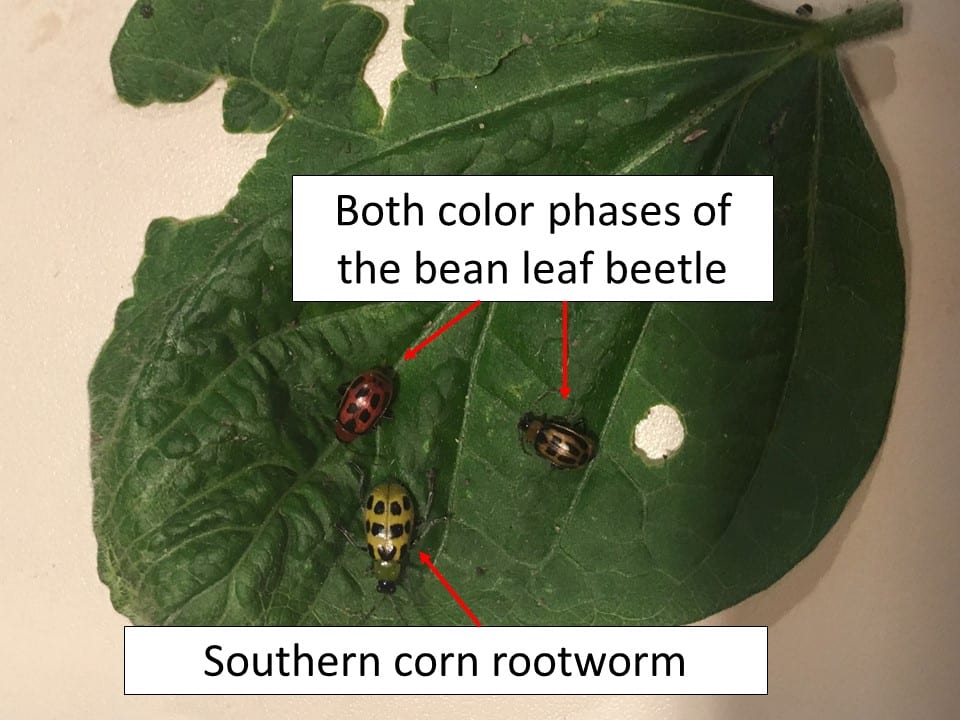— by Dr. Jeff Whitworth and Dr. Holly Davis
Dectes stem borer adults can usually be found emerging from infested soybean stubble right around the 4th of July. This year, despite all of the cooler, wet weather throughout north central Kansas earlier this season, is no different. Dectes adults have been emerging throughout NC KS for about the last week or two. They usually hang out around the field edges, aggregating for purposes of mating for just a few days up to a couple of weeks. Then, they will disperse to soybean and/or sunflower fields to start depositing eggs in the stems of either crop. Eggs hatch within the stems and larvae tunnel into the plant where they eventually bore their way toward the base of the plant and girdle around the interior of the stem. This is usually completed by late August when they tunnel even further down the stem, below the soil line, for overwintering.
There are no great management tactics to avoid dectes stem borer infestations although the important damage is due to the end of the season girdling, if the plants lodge. Harvesting fields with significant infestations as early as possible helps greatly to avoid yield losses.
For more information, please see Dectes Stem Borer, MF2581: https://www.bookstore.ksre.ksu.edu/pubs/MF2581.pdf
